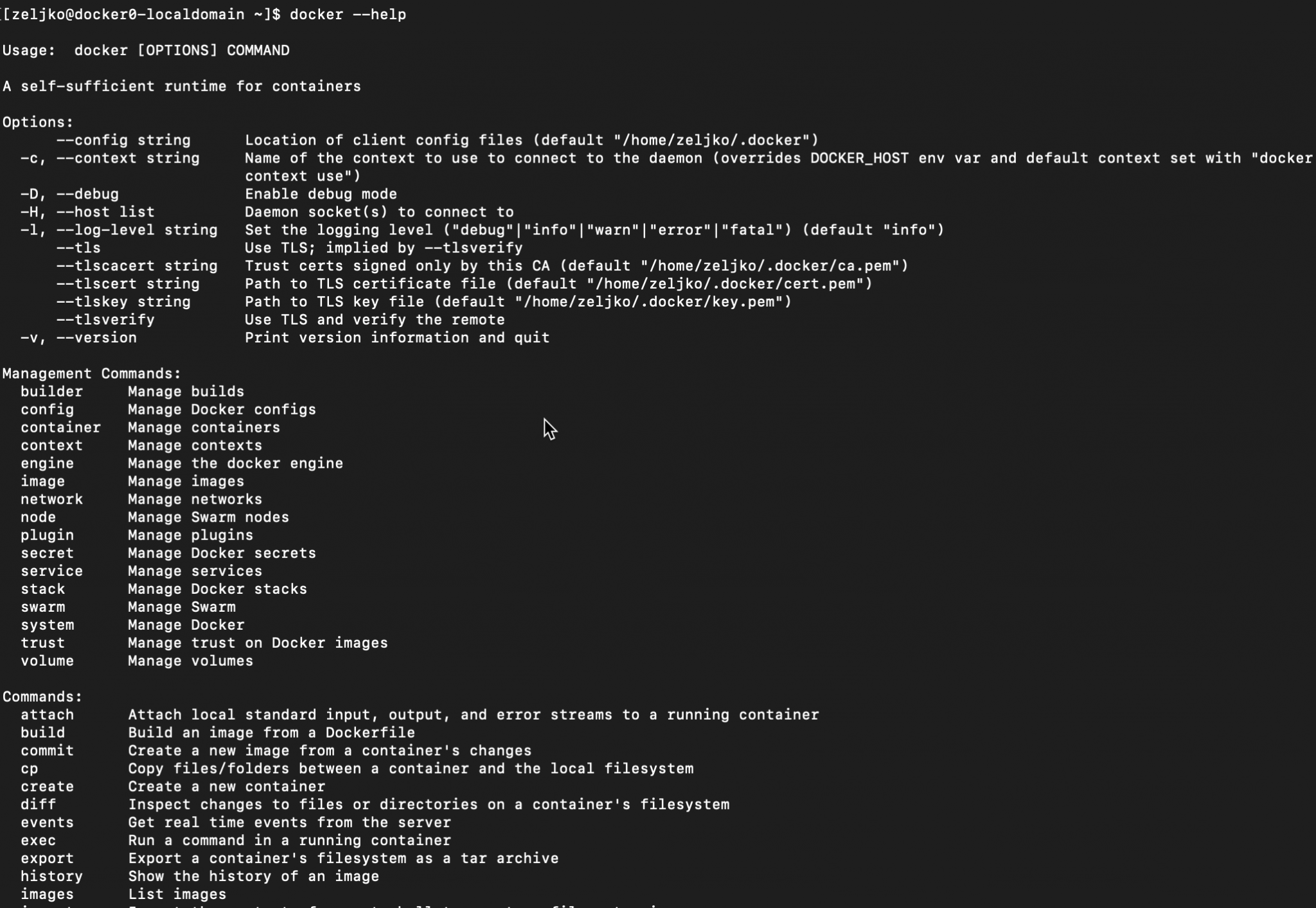

This is what you use when you have an application made up of multiple microservices, databases and other dependencies. “is a tool for defining and running multi-container Docker applications” - Docker, Overview of Docker Compose When someone uses a docker command through the Docker CLI, it talks to this engine to do what needs to be done. It’s what builds and executes Docker images from either a single Dockerfile or docker-compose.yml. “powerful open source containerization technology combined with a work flow for building and containerizing your applications.” - Docker, About Docker Engine Docker Toolsīefore I dive into the Dockerfile, I’ll give a quick run down of Docker’s suite of tools.ĭocker has four main tools that it provides to accomplish tasks: No environments missing dependencies entirely.

No environments that have different versions of dependencies installed. This process is done with a Dockerfile, but I’m getting ahead of myself.įor this section, suffice it to say, Docker takes away the guesswork (and hours spent debugging) from deploying applications because it always starts as a fresh, isolated machine and the very same dependencies get added to it.
#Docker sudo install
Then, we tell the container everything it needs to know - all the dependencies it needs to download and install in order to run the application. The Docker container’s just like Jon Snow when it spins up: it knows nothing. Most likely because there’s a host of installed dependencies that are necessary to run the application but they aren’t saved in the package.json or the adle or specified in the manifest.yml.Įvery single Docker container begins as a pure vanilla Linux machine that knows nothing. This is what Docker is designed to prevent - the inevitable confusion that comes when a dev’s been working on their local machine on a project for days (or weeks), and as soon as it’s deployed to a new lifecycle, the app won’t run. I can’t tell you how many times I’ve heard a developer (myself included) say, “It works on my machine, I don’t know why it won’t work on yours.” - any developer, ever Which is a perfect segue to the next point: why Docker? Why Docker?
#Docker sudo code
This means developers can concentrate on the actual code to run in the Docker container without worrying about the system it will ultimately run on, and devops can focus on ensuring the right programs are installed in the Docker container, and reduce the number of systems needed and complexity of maintaining said systems after deployment. It does this by running each application in an isolated environment called a ‘ container.’ What Docker really does is separate the application code from infrastructure requirements and needs.

Containers allow a developer to package up an application with all of the parts it needs, such as libraries and other dependencies, and ship it all out as one package.

A much better description of Docker is found on .ĭocker is a tool designed to make it easier to create, deploy, and run applications by using containers. That really clears it up, right? Umm…yeah, not really.
#Docker sudo software
“the world’s leading software containerization platform” - Docker, Docker Overview The Docker website itself simply describes Docker as: So let’s begin at the beginning and I’ll explain what Docker actually is, in terms even I understand.
#Docker sudo series
This will actually be a two-part series on Docker, because Docker needs, at least, two separate posts for its two best known products: Today, I will attempt to demystify Docker for you. You may have co-workers or developer friends who rave about it, who “dockerize” everything they can, and who are at an utter loss for words when it comes to explaining Docker, and all its glory, in terms that are understandable to the average person. You, like me, may have heard of Docker before.


 0 kommentar(er)
0 kommentar(er)
